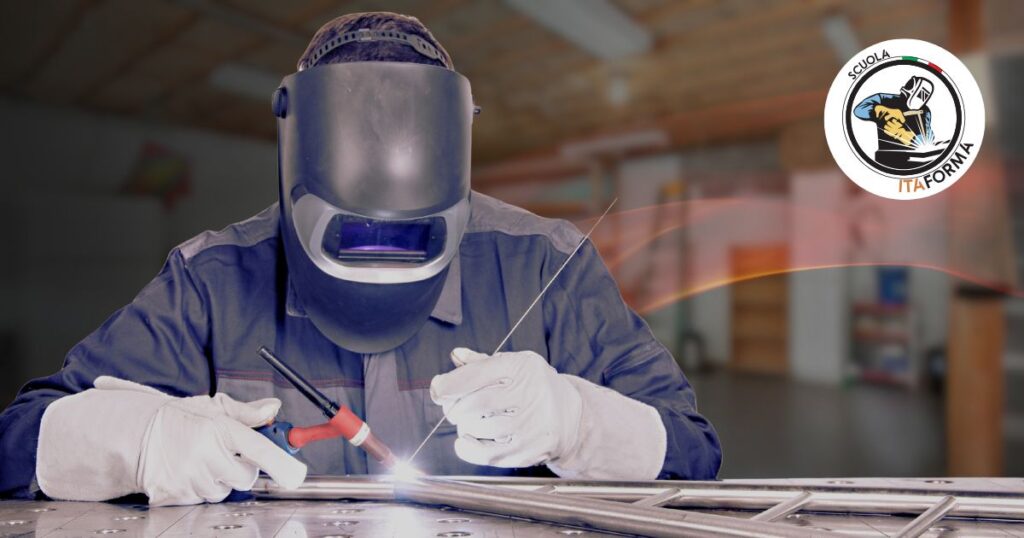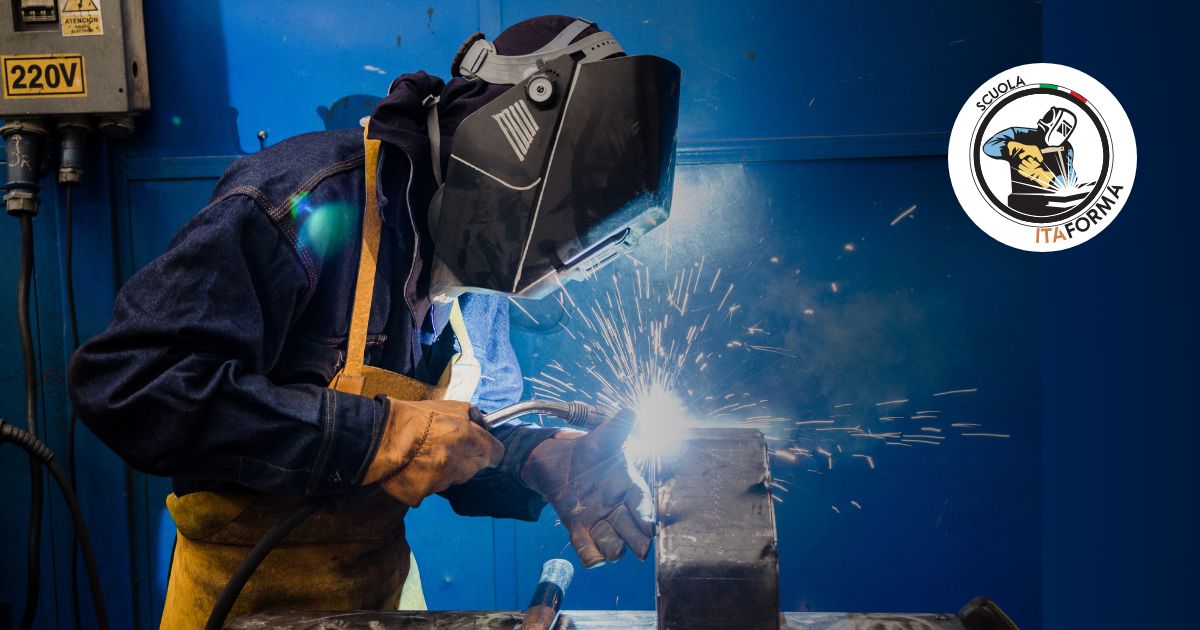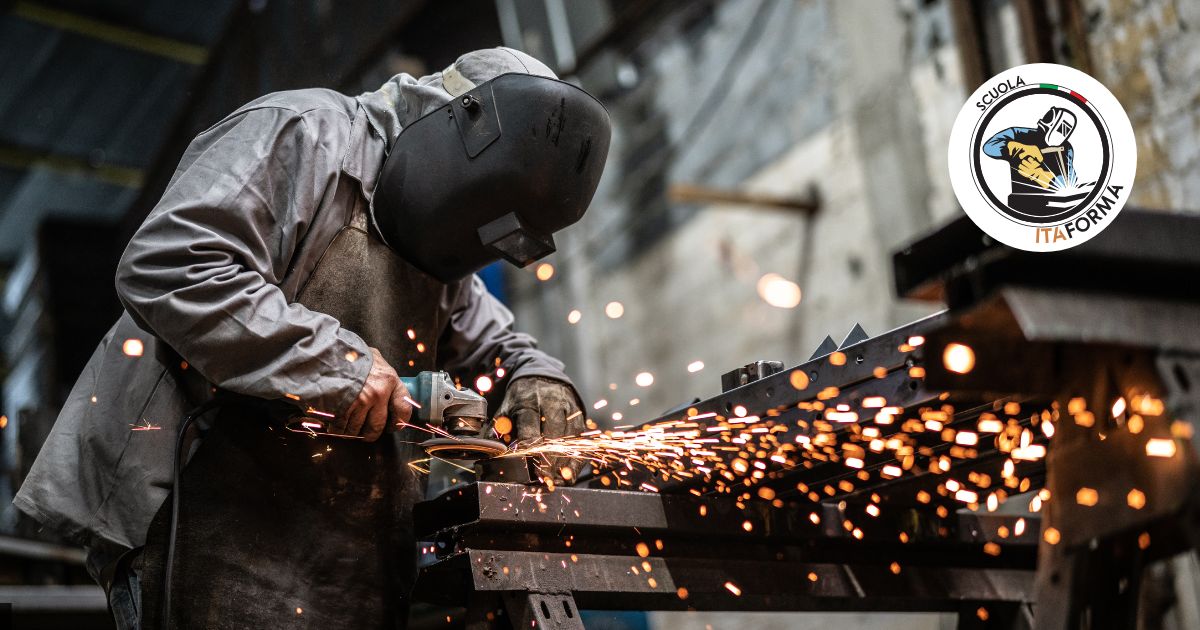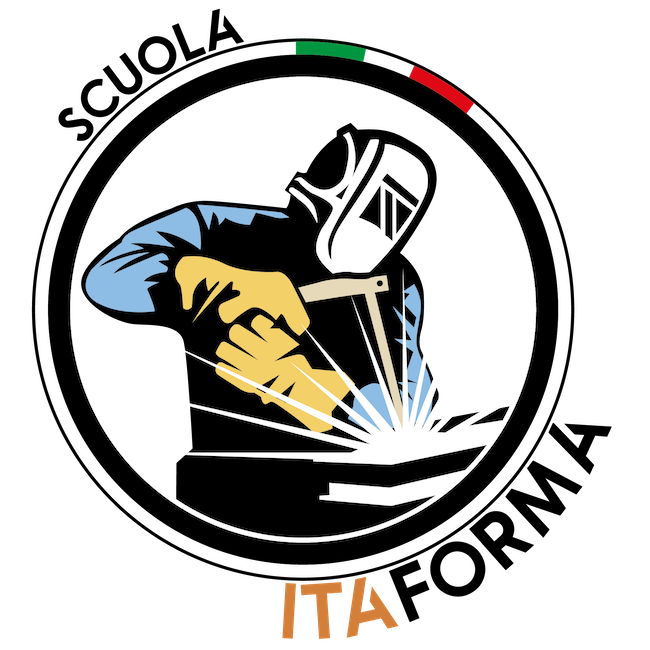Index
- Introduction
- Can welding be learned at home?
- Limitations of home-based learning
- Why Consider Learning Welding at Home?
- Perceived time and cost savings
- The impossibility of reaching professional levels with home theory
- Tools and Equipment Needed for Home Welding
- Only theoretical knowledge can be studied at home
- Digital tools for online courses
- Techniques You Can Learn at Home
- Reading technical drawings
- Welding theory and WPS documentation
- Certification interpretation and workplace safety
- Limitations of Home Learning
- Inability to weld professionally or safely
- No access to real workday experience, instructors, professional machines, or certification
- How Itaforma Completes the Learning Journey
- Theoretical Courses Available Anytime – over 30 hours online
- Intensive Practical Training – 8 hours of welding per day
- Dedicated Itaforma Campus – real-world environment with workshops, machines, welder’s cage, accommodation, and leisure facilities
- Conclusion
- Home learning as preparation only
- Itaforma as the complete solution for skills, experience, and certification
- Call-to-action: start your welding career
1) Learn Welding at Home: Is It Possible?
With the rise of online learning, many beginners wonder whether it’s possible to learn welding at home. While some theoretical knowledge can be studied remotely, reaching
professional levels with home-based learning alone is not realistic. Professional skills, hands-on experience, and certification require structured training in a specialised environment. This guide explains what can realistically be learned at home, the limitations of amateur setups, and how
Itaforma (based in Italy) provides a complete pathway from theory to professional practice.
2) Why Consider Learning Welding at Home?
At first glance, learning welding at home might seem like a
time- and cost-saving solution. You can study theory, watch online tutorials, and familiarise yourself with welding concepts without leaving your house. However,
home learning alone cannot bring you to professional skill levels. Without hands-on practice on real machines, industry-standard materials, and professional supervision, it is impossible to gain the expertise required for a safe and effective welding career. Home learning can provide a
foundation in theory, but professional development requires access to proper equipment, instructors, and a dedicated training environment.
3) Tools and Equipment Needed for Home Welding
When learning at home,
only theoretical knowledge can be realistically acquired. This includes studying:
- Welding theory and processes
- Safety procedures
- Reading technical documentation
- Understanding welding symbols and standards
Online courses require
digital tools such as a computer, tablet, or smartphone to watch videos, access course materials, and follow theoretical lessons. While you can learn the principles,
practical welding cannot be done safely or professionally at home without the proper industrial equipment and supervision.
4) Techniques You Can Learn at Home
Home learning allows beginners to focus on the
theoretical aspects of welding, including:
- Reading and interpreting technical drawings
- Understanding welding theory and processes
- Reviewing WPS (Welding Procedure Specifications) documentation
- Learning how to read certification documents
- Workplace safety practices
These skills are essential for a future welding career, but they
cannot replace real-world experience and hands-on practice in a professional environment.
5) Limitations of Home Learning
While home study can be useful for theory, it has significant limitations:
- Professional welding cannot be learned at home.
- Students cannot gain real-world experience of a full workday in a workshop.
- There is no access to experienced instructors for guidance or correction.
- Professional machines, specialised materials, and safety equipment are unavailable.
- Certification cannot be achieved from home alone.
Home learning is therefore only a
preparatory step, not a complete solution for a career in welding.
6) How Itaforma Completes the Learning Journey
Itaforma (based in Italy) offers a professional programme that combines theory and practice to deliver real-world welding competence. The programme is structured in three key pillars, ensuring students acquire both knowledge and practical expertise.
Theoretical Courses Available Anytime – Over 30 Hours Online
Students continue to access
theoretical courses even after returning home, allowing ongoing learning and consolidation of skills. The programme includes
more than 30 hours of online courses, covering welding theory, WPS documentation, technical drawings, safety standards, and certification procedures. This ensures that students develop a
comprehensive understanding that complements the hands-on skills acquired on campus.
Intensive Practical Training – 8 Hours of Welding Per Day
The Itaforma programme is
highly practical, with students engaging in
8 hours of welding per day, 5 days a week. This intensive schedule provides an
unparalleled density of practice, allowing students to master welding processes, improve precision, and gain confidence. The training directly addresses the
real needs of the market, preparing students for the challenges of professional welding roles.
Dedicated Itaforma Campus – Real-World Environment
The
Itaforma campus is entirely dedicated to welding and metalwork training. It features:
- Two large workshops with dozens of welding machines of all types
- Eight overhead cranes (carroponte) and a forklift (muletto)
- Workbenches and a full-scale welder’s cage, a mini-facility for realistic training scenarios
- An industrial-style hotel providing accommodation and meals for all students
- Airport transfer service, relaxation zones, a sports area, and weekend activities
This environment ensures that students
train in real-world conditions, far from home distractions, fully equipped to transition into professional welding careers in Ireland, Europe, or internationally.
7) Conclusion
Learning welding at home can help you understand theory and basic principles, but it
cannot replace professional training. To become a competent and certified welder, hands-on practice with proper supervision and industrial-grade equipment is essential.
Itaforma offers the complete solution: a structured programme combining theory, intensive daily practice, live courses, professional equipment, and international campus facilities. This approach gives students the
skills, experience, and certification needed to succeed as professional welders. 👉
Ready to become a professional welder? Start your journey with
Itaforma and gain the confidence, expertise, and certification required for a successful career in welding.






